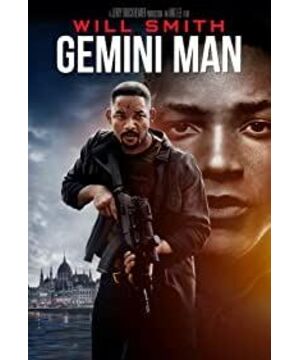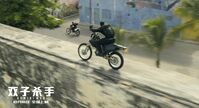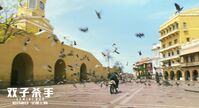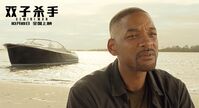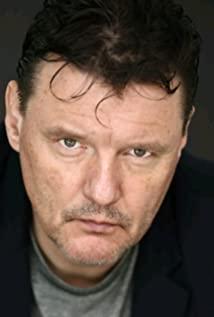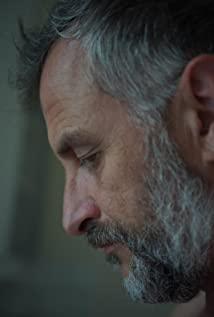Usually in works of art, the content that the author wants to express is the core, and various technologies or expressions serve the content. In the movie, various shooting techniques also serve the plot or the thoughts that the director wants to express.
In "Gemini Man", it is the plot that serves the new camera technology.
I watched the 120-frame, CINITY, 3D, and Dolby Atmos version, which is indeed the ultimate sensory enjoyment. I am not in the film industry myself, but one of the biggest impressions of watching this movie is that the light tolerance of the movie screen has been completely raised to a new level. When I took a photography class in college, the teacher always mentioned the issue of tolerance. "The human eye is a vision machine that is more advanced than all cameras, and the latitude of the human eye is completely unmatched by all cameras."
What exactly is tolerance? We can understand how many kinds of gray can appear in the process from black to white, and the more grays of different shades appear, the higher the tolerance.
In other words, many intermediate colors that the human eye can see are not captured by the camera, and the camera will lose a lot of detail from the light. In many movies, it looks like a dark night, but in fact, countless lighting tools are arranged on the shooting site to simulate the scene in the dark night of the human eye, and artificially increase the lighting level in the photographic picture.
What kind of revolution did 120 frames bring? From 24 pictures per second to 120 pictures per second, not only the playback speed of the picture has increased several times, but the light in the picture is also different.
Why can we feel the picture so clearly? The luminous flux captured by 120 frames is also several times that of 25 frames!
You can often see that there are often various lighting fixtures and reflectors in the shooting scene of the past movie shooting, because the 24-frame camera can capture much less light than our human eyes feel, and only artificially brightened can it be in the picture. It mimics the brightness seen by the human eye. However, in Ang Lee's 125-frame camera, we can even directly see the sea in the night without lighting, we can see dark blue, sea blue, light blue, and even feel the moonlight The sparkling waves on the sea were unimaginable in the past.
Assuming we can see 24 shades of gray in a 24-frame movie, maybe we can see 120 shades of gray in a 120-frame movie.
In daytime scenes, the 120-frame picture can clearly show every level of direct, diffuse, and refracted natural light on objects even without lighting. Why can we feel such an immersive picture, because the huge luminous flux captured by 120 frames allows us to replicate the color types and layers that the human eye can see as much as possible.
There are three scenes that I am very impressed with.
One is the chase in Colombia, where the city's colorfulness is entirely in the service of technology. The variety of colors here is not the feeling of heavy filters in the movies in the past, but clean and thorough colors from the real world.
The second is the fight in the underground tomb of Budapest Castle. Although it is night, there are several levels of light that we can only comprehend and cannot express in the blue light and the red of the burning rod.
The third is the slow motion of the second clone in a small Georgia town being bombarded constantly. The sparks that burst out in the past movies have completely become one after another here. I personally haven't seen a live ammunition, so I don't know what it looks like to the human eye, but the sparks shot here are as clear and coherent as small welded fireballs.
The 120-frame shooting method should be very subversive. In the past, movies needed to be illuminated to create layers, and the shooting of 120-frame movies may need to block part of the light to create layers.
Another interesting point is that the three killers appear with different attack speeds. Old Henry represents normal speed, while the attack speed of the first clone is faster, and the second clone is faster, which visually improves the coherence of 120 frames for us step by step.
To sum up, the plot of this film is almost entirely in the service of new technology. In my opinion, although it is Ang Lee's experimental behavior, in fact, as a great director like Ang Lee, the cart before the horse is turned upside down. With his ability, he should be able to create better scripts and content.
View more about Gemini Man reviews


